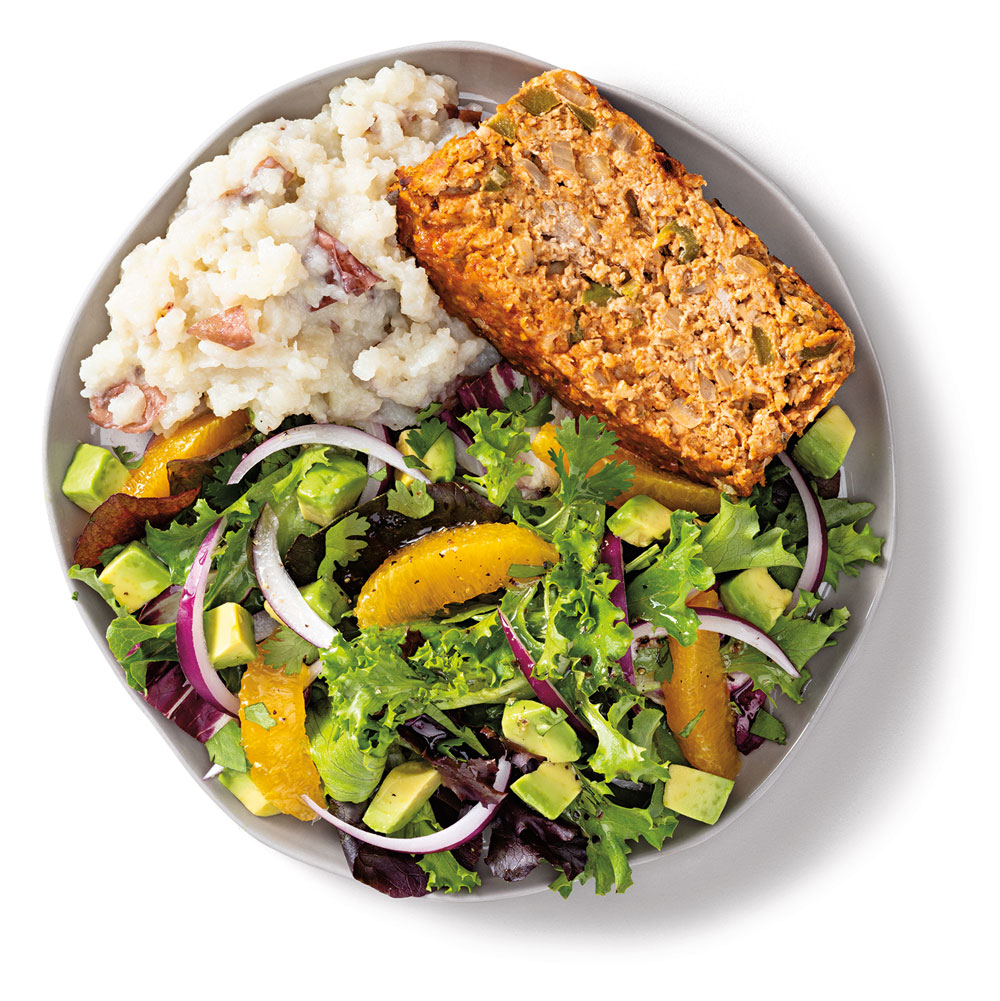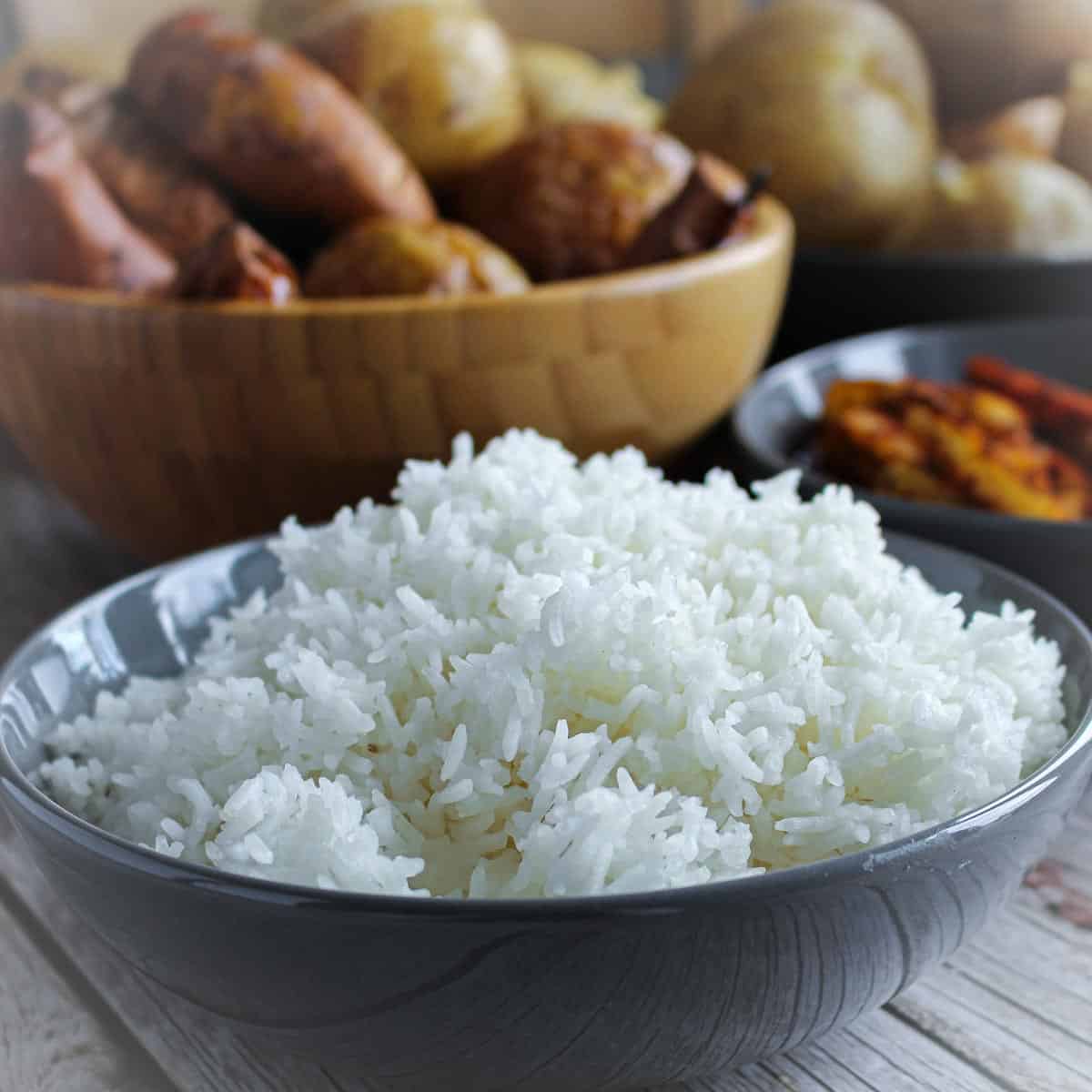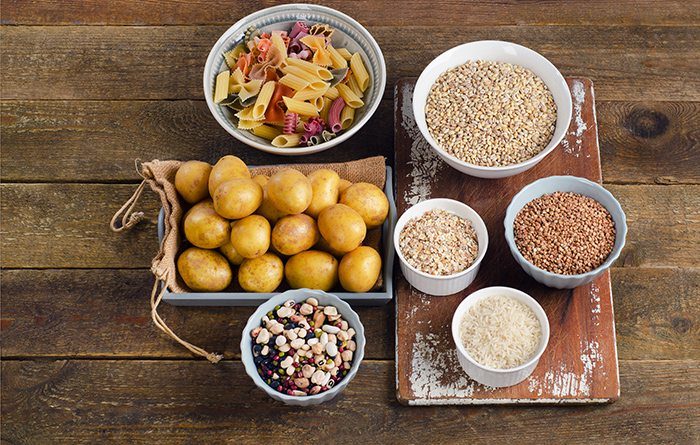Resistant Starch – Have Your Carbs and Eat Them Too
Avoiding carbohydrates has become the most common denominate in weight loss programs, such as Keto and Atkins. The science behind eliminating carbohydrates makes sense since we don’t spike as much insulin which is a fat storage hormone, however avoiding carbohydrates entirely can be harmful to both your health and your weight loss efforts.
Healthy carbohydrates give us energy, fiber, vitamins, minerals, antioxidants and phytonutrients, all of which are important for optimal health. In addition, we need the prebiotic fiber from carbohydrates to feed the healthy gut bacteria which in turn will determine our overall health in so many ways. So how can we eat the healthy carbohydrates we need for optimal health and still lose weight? I’m about to share with you the secret of adding resistant starch to your diet which will not only help you feel more satiated but is going to optimize your health as you lose weight.
What Is Resistant Starch
Resistant starch is a type of starch that resists digestion in the small intestine and passes through to the large intestine, where it acts as a prebiotic and feeds beneficial gut bacteria. This makes it different from other types of starch that are easily digested and absorbed in the small intestine. Since we can not absorb certain components of the food high in resistant starch, they go through to the large intestine where bacteria break them into a host of healthy molecules that help promote a healthy gut and this healthy gut microbiome decreases your risk of cancer, depression, autism, obesity, autoimmune, and the list goes on. Resistant starch also helps with weight loss by increasing insulin sensitivity, spiking less insulin than other starches, reducing appetite and the healthy gut bacteria that will grow over time will decrease obesity in other ways one of which is reducing inflammation.
Which Foods Contain Resistant Starch
Foods that are good sources of resistant starch include legumes (such as lentils and beans), unripe bananas, cooked and cooled potatoes or rice, oats, and whole grains (such as barley and rye). Resistant starch is also high in inulin, psyllium (think Metamucil) or high amylose plants (soybeans, sweet potatoes, barley, potatoes, rice, tomatoes and cereal grains), unmodified potato starch, tiger nut flour, cassava flour and cooking and cooling starches which increases resistant starch.
How to Incorporate Resistant Starch Into Your Diet

To add some resistant starch to your diet is going to be a great way to satisfy both your nutritional needs and help keep you satiated by providing some carbohydrate energy at meals. When adding these into your diet I still want you to take into account how your ideal plate should look which is 1/2 non-starchy vegetables, 1/4 lean organic protein, 1/4 high fiber carbohydrate (and here is where you can add the resistant starch) and a sliver of healthy fat. By following this simple rule, you will not only feed your body what it needs to stay healthy but you will also be able to drop weight as your body won’t spike too much insulin and you feel more satisfied. Following are some ways to incorporate these foods into your healthy Lifestyle Diet Plan.
– Potatoes: Cooked and then chilled potatoes are an excellent source of resistant starch. You can use them in salads, as a side dish, or as a base for toppings. I eat sweet potato as part of my breakfast each day and love it. Incorporate 3-4 oz. at a meal (about 1/2 of a medium sweet potato).
– Rice: Chilled cooked rice is also a good source of resistant starch. It can be used in salads, stir-fries, or as a side dish. Try adding 1/3-1/2 cup to balance out a meal.
– Pasta: Like rice and potatoes, cooked and chilled pasta can become high in resistant starch. It’s a great option for cold pasta salads. Again, about 1/3-1/2 cup can be added to a meal. Using a bean pasta made with 100% beans is an added bonus for the highest amount of resistant starch along with the already low net carbs. Using a bean pasta would allow you to have a regular portion size.
– Legumes: Beans, lentils, and chickpeas are naturally high in resistant starch, but chilling cooked legumes can increase their resistant starch content even further. Add 1/3-1/2 cup to a meal.
– Bob’s Red Mill Unmodified Potato Starch – Just 1 T of this potato starch adds 8 grams of resistant starch. This can be added once a day to your smoothie and increased to twice a day as your gut adjusts to the higher fiber. Start slowly as you may experience a lot of gas with this type of fiber.
– Cassava or Tiger Nut Flour – Try using 1-2 Tablespoons to bread chicken or fish.
– Cold oatmeal – Make my Balanced Oatmeal in advance then just grab 1/3-1/2 cup to make your recipe in the morning.
– Unripe or partially ripe bananas or plantains – Add 1/2 to a smoothie or as a side on your plate.
Expect More Gas as the Gut Bacteria Become Balanced and Healthy

Ideally half your plate is non-starchy vegetables then you are adding this resistant starch to the meal as your low glycemic carbohydrate. All this means you are getting a lot of prebiotics in the diet which will in turn feed the good bacteria in the gut. If your gut is needing some help then all these prebiotics may cause you to produce more gas but that is a sign that it is working and will subside as your good gut bacteria begin to take charge and the bad guys are reduced. It can take 3-6 months or more to improve gut health so be consistent and patient. Adding a good probiotic to the mix can help speed things up. If it becomes uncomfortable simply back off and go more slowly.
So now that you know the best carbohydrates to add to your diet, make a point to food prep in advance so that you have things like sweet potatoes, beans or oatmeal already prepped for the weekly meals. As always, avoiding the processed and high sugar carbohydrates such as sugary cereal, cookies and chips is necessary to really reap the benefits. I’d love to hear from you so reach out on social media and let me know how you enjoy working your resistant starches into your diet.
Are you looking to transform your health? Mary works with clients all over the country developing personalized nutrition and exercise plans for weight loss and health. If you’re ready to get started on your journey to health and wellness contact her today!
Visit BodyDesigns Two Week Detox Plan or BodyDesignsbyMary for more information.













